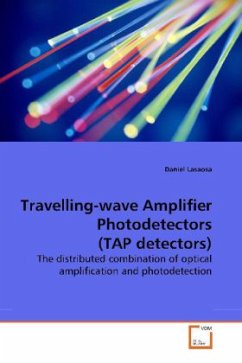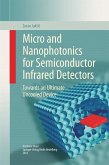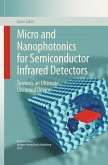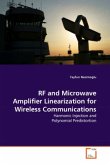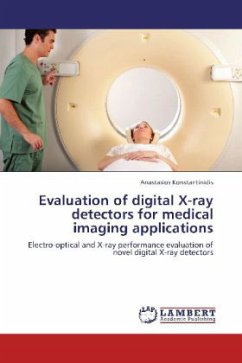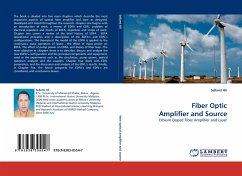Integration of different photonic devices in a single optoelectronic chip has become increasingly popular since the early 1990s. The distributed combination of optical amplification and photodetection seems promissing in terms of obtaining a large unsaturated output photocurrent and external quantum efficiency, since it allows a continuous extraction of electron-hole pairs with a nearly constant optical power inside a waveguide device. Combined with a traveling-wave structure in order to achieve high electrical bandwidth, key figures of merit for photodetector operation can potentially be largely improved. The downside for these potential improvements is the production of background current generated by absorption of amplified spontaneous emission, increased noise due to the near-equilibrium of events that produce and destroy photons, and fabrication complexity. The book provides, to the best of our knowledge, the first in-depth theoretical study and experimental demonstration ofthis distributed combination, through the study of the novel devices called traveling-wave Amplifier Photodetectors, or TAP detectors.
Bitte wählen Sie Ihr Anliegen aus.
Rechnungen
Retourenschein anfordern
Bestellstatus
Storno

